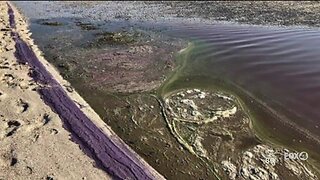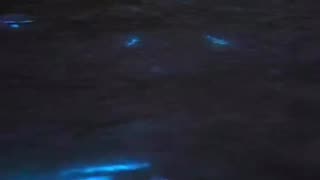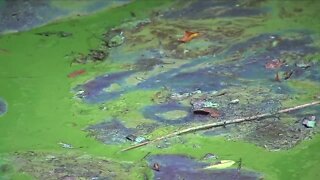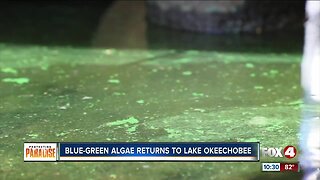Klamath lake Blue Green algae
Klamath Blue Green Algae is in the class: cyano-bacteria. The scientific term APHANIZOMENON (genus) and FLOS-AQUAE (species) are actually zoological terms of classification that literally mean “invisible living flower of water” in Greek.
Like a string of pearls AFA cells have a gelatinous cell wall surrounding the chloroplast and a protoplast DNA container.
AFA, Aphanizomenon Flos Aquae, contains glyco-proteins, vitamins, minerals, simple carbohydrates, lipids and biologically active enzymes.
Exhibiting the characteristics of both plants and animals, algae are in a class by themselves cyanobacteria. If it wasn’t for algae, there would be no other life on earth. All other life has its origins from algae.
Through the prolific manufacturing of proteins and sugars, algae provided the nutritional foundation for the planet’s evolving ecosystem.
Oxygen was created as a bi-product of the life processes of algae. Even today, algae produce over 70% of all the oxygen on our planet.
For thousands of years algae has been a staple food in the diets of people worldwide from the Americas to Asia. History has shown some cultures relied on algae to supply up to 25% of their total diets. Even today, edible blue green alga are used worldwide as a nutrient-dense food.
“African and American natives recognized the value of including blue green algae in their diet and stored dried algae for year-round use and trade.”
-
 0:58
0:58
markkahl300
1 year agoKlamath lake blue green algae
19 -
 0:07
0:07
markkahl300
1 year agoKlamath lake blue green algae
12 -
 2:18
2:18
WFTX
4 years agoBlue green algae spotted along SWFL beaches
10 -
 2:07
2:07
WKBW
4 years agoBlue-Green Algae: What to look for
15 -
 0:18
0:18
SusieQ4u
1 year agoBIOLUMINESCENCE ALGAE
542 -
 2:15
2:15
WPTV
1 year agoWhy is there so much blue-green algae in Blue Cypress Lake?
38 -
 1:00
1:00
World of Science
11 months agoMagical glowing blue oceans
1 -
 2:12
2:12
WFTX
5 years agoBlue-green algae found on northwest of Lake Okeechobee
10 -
 2:41
2:41
WFTX
1 year agoLake Okeechobee sees 240 square miles of Blue-Green Algae
4 -
 2:34
2:34
ViralHog
9 months agoBioluminescent Algae in Port Lincoln
1K